- +033 2572 7171
- info@dhanvantary.com

4.5 Rating | 4500 Review

4.5 Rating | 4500 Review
Candidiasis, or a yeast infection, is an infection caused by an overgrowth of a type of fungus called Candida. This fungus normally lives in small amounts on our skin, in the mouth, gut, and other body areas without causing harm. However, when it multiplies too much, it can cause various infections, often where there is warmth and moisture, like in the mouth, skin folds, or genitals.

Several factors can cause Candida to grow too much, leading to candidiasis:
In Ayurveda, candidiasis is viewed as a condition caused by an imbalance of Pitta (heat) and Kapha (moisture) doshas, which represent different bodily functions and elements. Ayurveda believes that factors like poor digestion and an unhealthy diet lead to "Ama" (toxins) building up in the body, which creates a favorable environment for Candida to overgrow.
Since vaginal infections can have various causes and complexities, it’s always advisable to consult an Ayurvedic practitioner for a personalized treatment plan
Decoctions made from Neem, Triphala, Amla (Indian gooseberry), and Manjistha (Rubia cordifolia) can be used as a vaginal wash. This helps reduce bacterial growth and supports the natural balance in the vaginal area.
Kshara Prakshalana (alkaline washes): In certain cases, alkaline substances like Yashtimadhu (licorice) and Lodhra (Symplocos racemosa) are used as a cleansing douche to balance pH levels and help remove infection.
Neem (Azadirachta indica): Known for its powerful antifungal, antibacterial, and anti-inflammatory properties, neem can help treat infections. Neem powder or neem leaves can be boiled in water and used as a vaginal wash to reduce inflammation and infection.
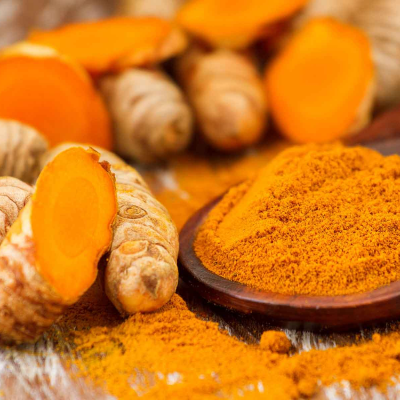
Turmeric is a natural anti-inflammatory and antimicrobial agent. Drinking turmeric in warm milk or water can help fight infection from within, while turmeric paste (diluted) may be used topically in some cases.
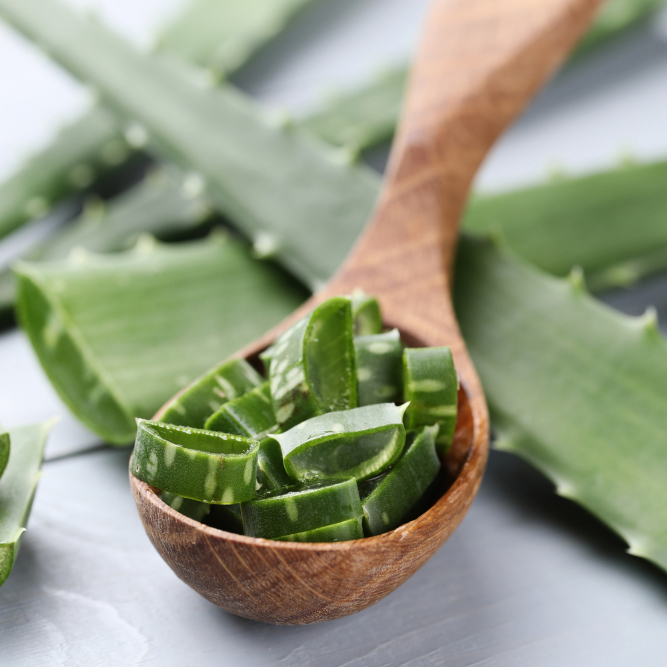
Aloe has soothing and healing effects, which can relieve burning and inflammation. Applying aloe vera gel externally or drinking aloe vera juice can be beneficial.
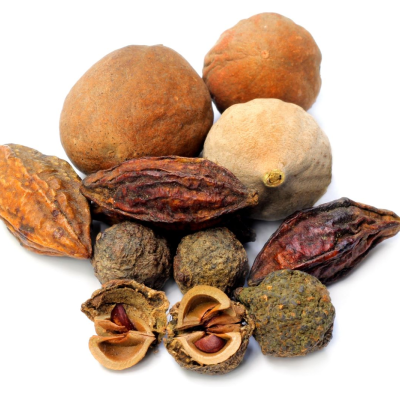
A traditional Ayurvedic blend of three fruits (Amla, Haritaki, and Bibhitaki), Triphala has antimicrobial properties and helps detoxify the body. It can be used as an internal cleanser or as a mild vaginal wash.
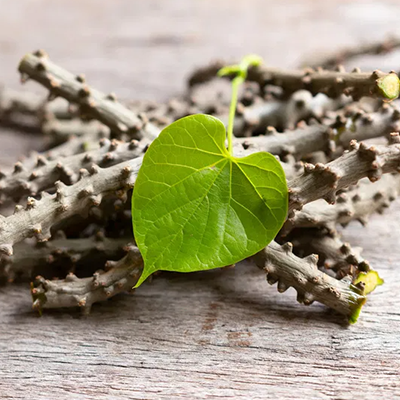
Guduchi is known to strengthen immunity and has antibacterial properties. It can help the body fight off infections naturally.
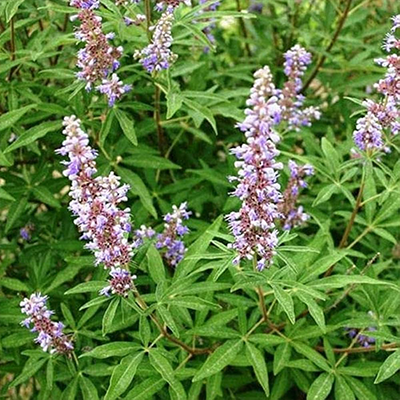
How it helps: This herb works as a muscle relaxant and helps reduce swelling and inflammation, making it useful for back pain relief.
How to Use:Nirgundi oil can be applied directly to the painful area for local relief. It can also be used in decoction form for oral consumption.
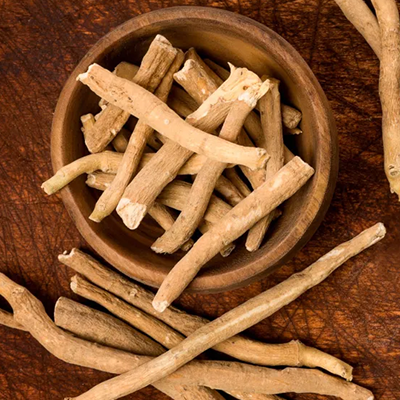
How it helps: Ashwagandha is an adaptogen that strengthens muscles, reduces stress, and helps in tissue repair, which can relieve back pain.
How to Use:Taken as a powder (churna) with warm milk or as capsules. It is best used daily to build long-term muscle strength and resilience.
